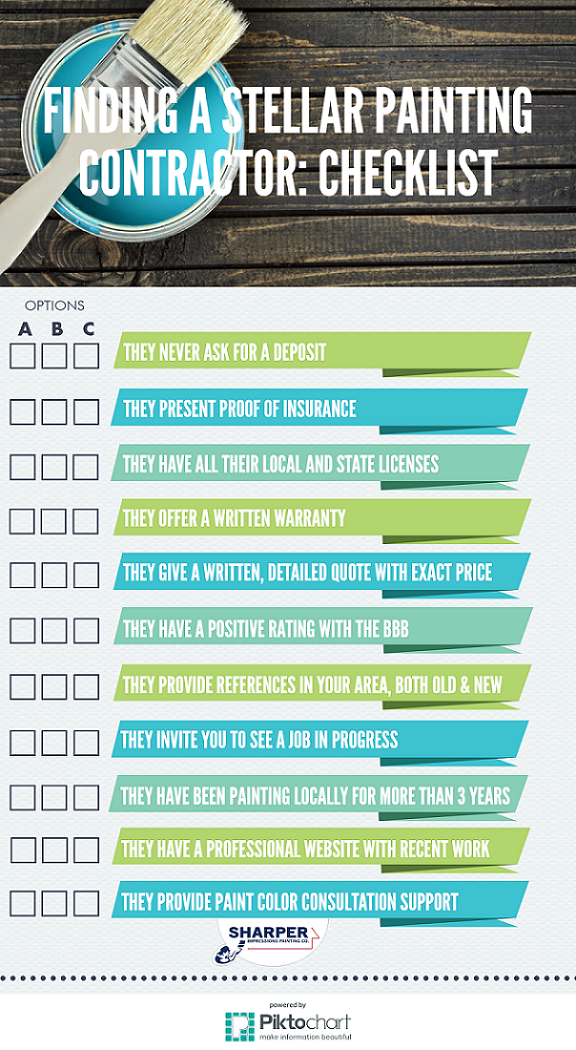The Dos And Do N'ts Of Accent Walls: Making A Statement With Paint
The Dos And Do N'ts Of Accent Walls: Making A Statement With Paint
Blog Article
Content Writer-
When it pertains to accent wall surfaces, the choice of paint shade and wall selection can substantially impact a room's overall feel. Understanding just how to strike a balance between vibrant statements and cohesive layout is essential. The dos and do n'ts of accent wall surfaces supply a roadmap to browse this creative procedure, guaranteeing your space reflects your style while maintaining a harmonious atmosphere. By thinking about factors like illumination, color design, and appearance, you can transform a space with a solitary wall. Join us as we check out the intricacies of producing a declaration wall that talks quantities in a subtle yet impactful fashion.
Choosing the Right Wall
Choosing the ideal wall surface to serve as an accent in an area requires cautious consideration of factors such as illumination, space format, and prime focus. When figuring out the ideal wall surface for an accent, it is vital to assess the all-natural and artificial lights in the area. A well-lit wall surface can improve the accent shade, while a darker area may refrain it justice.
Additionally, the format of the space plays a significant role. Selecting a wall surface that naturally attracts the eye can produce an unified flow in the space. Take into consideration wall surfaces that are straight visible upon entering the room or those that complement existing prime focus like fireplaces or large home windows.
Moreover, understanding the space's purpose is crucial in picking the right wall surface for an accent. In living spaces, as an example, the wall behind the main seating location is frequently picked to produce a focal point. Conversely, in bedrooms, the wall surface behind the bed is a prominent option for an accent, including depth and visual interest to the space.
Choosing the Perfect Shade
When taking into consideration the excellent shade for an accent wall surface, it is necessary to take into consideration the existing color combination of the area and the desired setting. The shade you select must enhance the general theme of the area while adding aesthetic interest.
One approach is to pick a color that is currently existing in the space, possibly in a piece of furniture or a piece of art, to create a cohesive look. Conversely, you can choose a different shade to make a strong statement and create a focal point in the room.
dfw house painters like terracotta or mustard can add coziness, while cooler tones like navy or emerald green can bring a feeling of class. It is necessary to consider the room's lights also. Dark colors can make a room really feel smaller sized, while light colors can create a sense of openness.
Taste the picked color on the wall and observe exactly how it changes throughout the day with varying light problems. https://hectorlnkgb.get-blogging.com/30759868/the-dos-and-do-n-ts-of-working-with-home-painters in mind, the best shade is one that not only looks great by itself however additionally boosts the total visual of the space.
Balancing Patterns and Textures
To achieve an unified look when including accent wall surfaces, it is vital to thoroughly stabilize using patterns and structures within the room. When choosing patterns for an accent wall, think about the existing patterns in the area. If the space already has bold patterns in furniture or decor, choose a much more refined pattern on the accent wall to avoid overwhelming the area.
On the other hand, if the room is primarily monochromatic or simple, a dynamic pattern on the accent wall surface can include passion and deepness to the space.
go to this site play an essential duty in developing a visually appealing area also. Mixing various appearances adds dimension and splendor to the space. For example, combining a streamlined, shiny accent wall surface with a plush, distinctive carpet can develop a vibrant comparison.
It is important to strike an equilibrium between various structures to prevent the room from feeling too busy or disjointed.
Conclusion
Finally, creating an accent wall surface with paint needs mindful factor to consider of elements such as lighting, color choice, and equilibrium of patterns and appearances.
By choosing the right wall, selecting a corresponding shade, and bearing in mind the general design of the room, a statement wall can improve the area and create visual passion.
see more is essential to avoid frustrating the room with too many vibrant components or clashing shades to maintain a natural and aesthetically appealing appearance.
